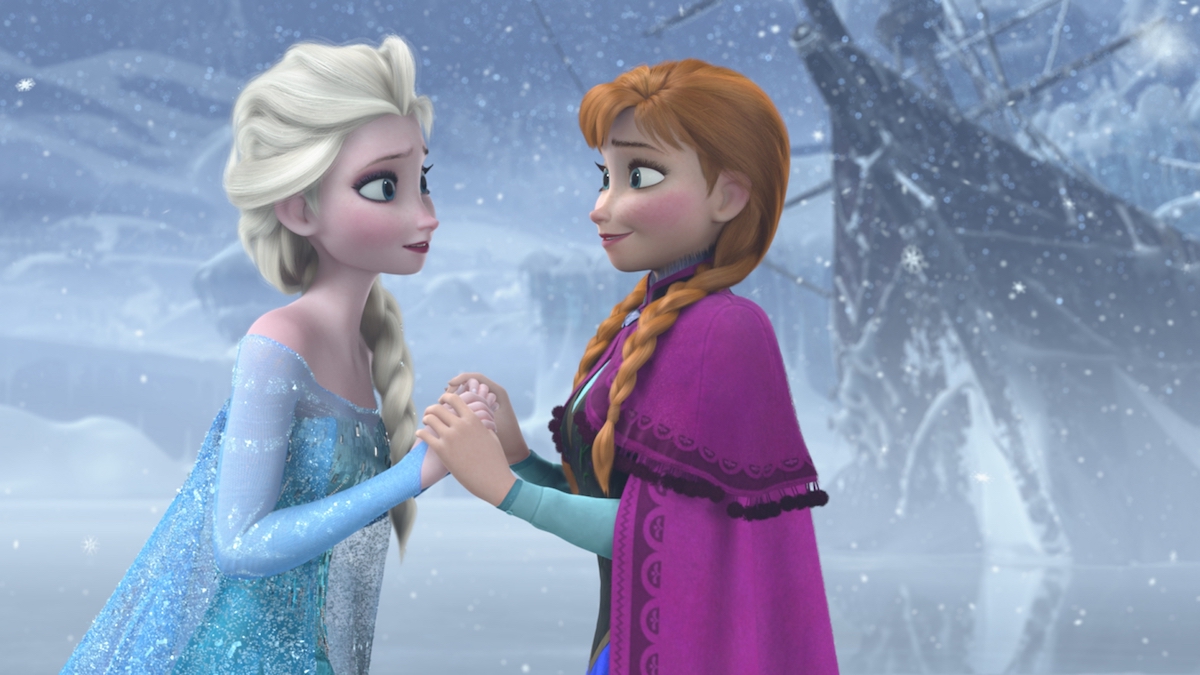Coming soon: a Sámi version of Disney’s ‘Frozen’ sequel
‘Frozen 2’, to be recorded in Northern Sámi, follows the 2016 release of ‘Moana’ in Polynesian languages.

After drawing inspiration for elements of their 2013 blockbuster Frozen from the Sámi, Walt Disney Animation now says it plans to release a Sámi-language version of the sequel at the end of this year.
The decision comes after Sámi legislatures in Norway, Sweden and Finland have used the past year to lobby the producers of the film to draw inspiration from their culture and to offer to help them steer clear of cultural insensitivities.
One of what will likely be more than 40 language versions (the first film is available in 41 languages – see one of the songs featured in the original Frozen sung in 25 of them below), the Sámi version of Frozen 2 will be recorded in the Northern Sámi dialect, spoken by an estimated 20,000 Sámi in Norway, Sweden and Finland, or about 75 percent of Sámi speakers.
[Sámi groups hope Disney warms to collaboration on ‘Frozen’ sequel]
The Sámi version is the result of a collaboration between Disney and Sámi representatives in Norway, Sweden and Finland and comes about as the result of consultation with a Sámi working group on elements within the film that are inspired by visits to Sápmi.
“For all of our films at Disney Animation, research is crucial to building fantastical yet relatable and believable worlds,” producer Peter Del Vecho said in a statement. “At the genesis of creating Frozen 2, our filmmaking team embarked on a research trip to Iceland, Norway and Finland. We were deeply moved by so many of the places we visited and the people we met, including a visit with the Sámi.”
Although any characters resembling Sámi will likely be referred to as “people from the North”, or something similar, the presidents of the three Sámi legislatures, and the transnational Saami Council said they were pleased that Disney was using their culture and portraying it in an accurate way.
Actors for the Sámi version have yet to be cast, but the film is due to be released in December at the same time as the other Nordic versions.
In addition to the 46 languages in which Disney films are regularly released, it also occasionally releases films in languages that are relevant to the subject. In 1994, for example, it released Swahili and Zulu versions of The Lion King.
And, in connection with the 2016 film Moana, which takes place on the Polynesian island of Motunui, the studio worked with groups in Tahiti, Hawai‘i and New Zealand to create indigenous Tahitian, Hawaiian and Māori language versions of the film.
Releasing a Sámi-language film in 2019, according to Aili Keskitalo, president of the Sámediggi, Norway’s Sámi legislature, was especially important, given that the UN is working this year to increase awareness of Indigenous languages.
“This is so exciting, and I am so grateful that we get the opportunity to give Sámi children the opportunity to see the film in their native language,” she told NRK, a broadcaster.